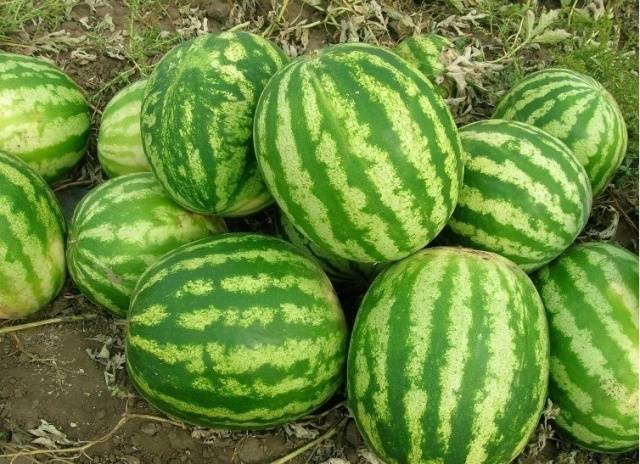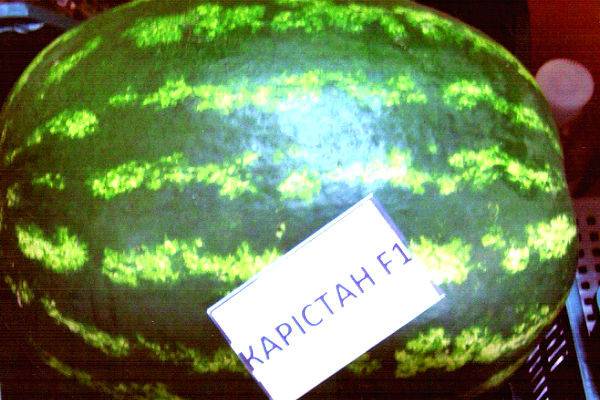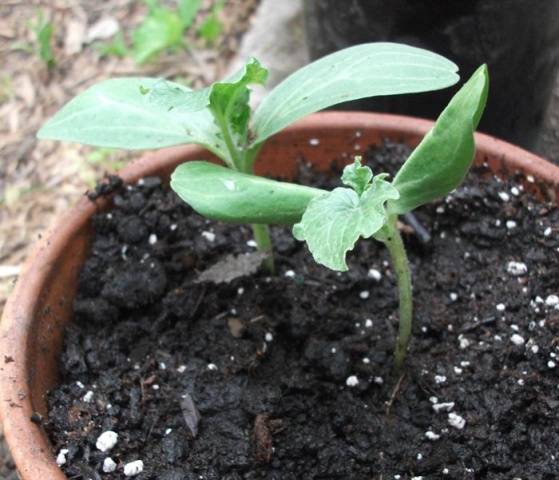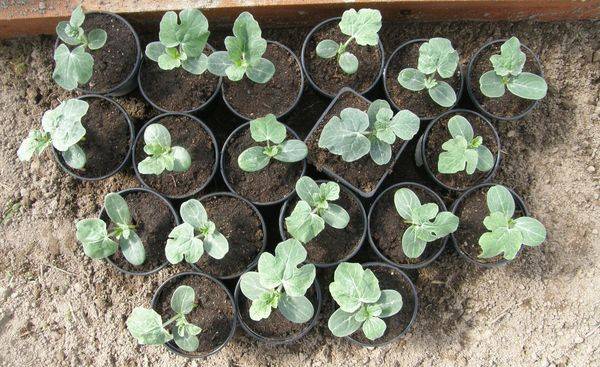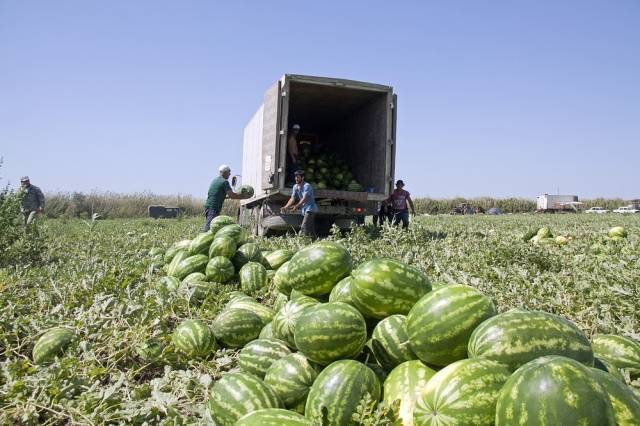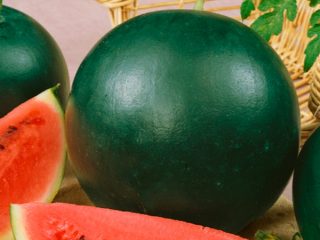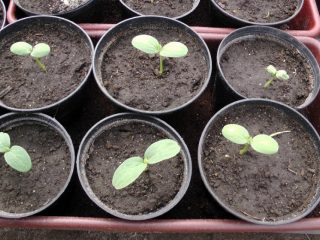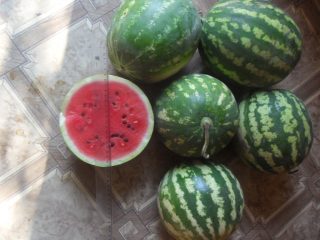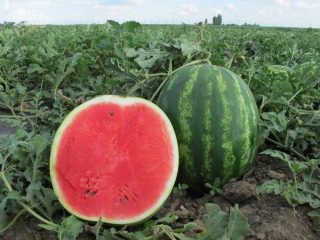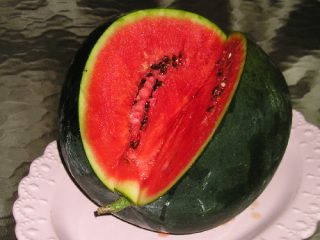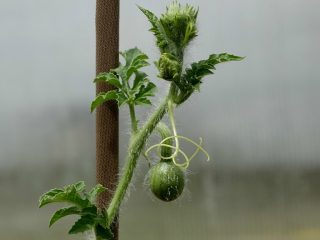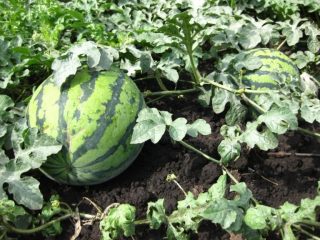Content
Until recently, many residents of Russia could not even imagine that they would be able to grow watermelons on their plots. These fruits have always been associated with distant southern countries, where the sun shines almost all year round and the weather is hot.
But everything is changing, the work of breeders does not stand still, new covering materials and technologies are emerging that make it possible to provide young watermelon plants with relatively comfortable conditions for development. Still, the main role in the possibility of growing watermelons in relatively northern regions was played by the emergence of new ultra-early ripening varieties and hybrids.
By the way, the dispute about what is better to plant: varieties or hybrids of watermelons never ended. Most farmers and producers of agronomic products give preference to the seeds of watermelon hybrids, moreover, preferably of foreign origin. Indeed, often only with their help you can get really early products and be competitive in the market. Among such hybrids, the Karistan f1 watermelon is very popular, due to a whole range of characteristics that are attractive to both buyers and sellers.
Description of the hybrid
The hybrid watermelon variety Karistan was bred by the breeders of the Dutch company "Syngenta Seeds B.V." at the very beginning of the XXI century. In our country, it has become known since 2007, and in 2012 it was already included in the State Register of Breeding Achievements of Russia. For the Karistan hybrid, two main regions of admission were identified - the Lower Volga and the Ural. Thus, experts admitted that Karistan watermelon can be grown in the open field of the Chelyabinsk and even Kurgan regions.
The seeds of this hybrid are found on sale mainly in large farm packages of 100 or 1000 pieces, packaged directly by the manufacturer, the Syngenta company. The color of Karistan watermelon seeds in such packages is reddish due to their pre-treatment with the fungicide Thiram.
The hybrid is one of the earliest ripening watermelons. The first harvest of ripe fruits can be done after 62-75 days after the emergence of full shoots. Thanks to such early ripening characteristics, Karistan watermelon can be grown at the earliest possible date using a variety of covering materials. And you can sow seeds directly into the open ground, but even in this case, the fruits of this hybrid, as a rule, have time to ripen before the onset of cold weather.
Watermelon plants Karistan have great vigor and high productivity potential. The main lash is of medium length. Leaves of medium size are slightly dissected and vary in shades of green.
The Karistan hybrid is distinguished by good fruit set even under the most unfavorable weather conditions. The resistance of Karistan watermelon to the main pathogens is at a good level - we are talking mainly about fusarium wilt and anthracnose. Also, this hybrid is characterized by a special resistance to sunburn.
When growing watermelon Karistan on dry land (land without irrigation), the yield is from 150 to 250 c / ha. The first two harvests already allow getting from 55 to 250 centners of fruits per hectare. And if you use high technologies of cultivation, including, first of all, drip irrigation and regular feeding of Karistan plants, then the yield can easily be increased to 700 c / ha.And we are talking specifically about marketable watermelons, which retain a decent appearance, suitable for sale.
Characteristics of watermelons
The fruit of the Karistan hybrid belongs to one of the most common types of watermelon, named for the variety, Crimson suite. They have the following characteristics:
- The shape of watermelons is oblong, you can call it oval.
- The size of the fruits is average and above average, the mass of one watermelon is on average 8-10 kg, but it can reach 12-16 kg.
- The main color of the shell is dark green; against this background, lighter stripes shimmer, sometimes diverging, sometimes narrowing.
- The bark is thin, in places turning into the middle one.
- The flesh of watermelons is bright red, sometimes turning into dark red, very juicy, crunchy with a dense structure.
- Taste qualities are assessed as good and excellent.
- The fruits of the Karistan hybrid contain from 7.5 to 8.7% of dry matter and from 6.4 to 7.7% of various sugars.
- Seeds are small, black.
- The preservation is good, watermelons are able to maintain their commercial qualities for two weeks after harvest.
- The fruits of the Karistan hybrid tolerate well even long-term transportation.
Growing features
For residents of most regions of Russia, for the successful cultivation of watermelons, the most important thing is to meet the deadlines when there is enough heat and sunlight for the full ripening of the watermelon berries. To speed up these processes, apply:
- Intensive care technologies that involve the additional use of growth stimulants and a variety of fertilizers, both mineral and organic.
- Shelter of watermelons during the entire growth or only in the first phase of development with protective materials: agrofibre or various types of film.
For an accelerated start, the seedling growing method is also used, without which it is almost impossible to grow full-fledged watermelons of this hybrid in the middle lane.
Growing seedlings begins with warming the seeds of Karistan watermelon in water with the addition of stimulants at a temperature of + 50 ° + 55 ° C. You can wait for the appearance of small sprouts, or you can immediately germinate the seeds by placing them 2-3 pieces in separate containers filled with light soil. The soil for watermelon seedlings should contain up to 50% sand with the addition of peat and turf.
Seeds germinate at an elevated temperature, about + 30 ° C. To create an additional greenhouse effect, it is advisable to cover each container with glass or a piece of film.
After the emergence of seedlings, the seedlings are carried out to the most illuminated place. The temperature can be cooler, but not lower than + 20 ° С. Gradually it is desirable to bring it up to + 15 ° + 16 ° С. Already a month after the emergence of seedlings, young plants of the Kristan watermelon can and should be planted in a permanent place. If weather conditions do not allow this, then it is necessary to build additional shelters, since the root system of watermelons is very sensitive. And with the outgrowth of seedlings, it will be more and more difficult to transplant it. The optimal age for transplanting seedlings is 20-25 days, and at the same time it should have about 3-4 true leaves.
When planting seedlings of the Karistan hybrid, it is necessary that for each plant there is at least 1 square meter of land, and better even more.
Sowing Karistan watermelon seeds directly into the ground is preferable, since the plants develop much faster and look more resistant to all kinds of adverse factors. But, unfortunately, without shelter, this is possible only in the southern regions of our country.
For northerners, sowing preheated and germinated seeds in a tunnel film greenhouse with additional protection with non-woven covering material is quite suitable. Sowing dates can vary from early to mid-May. The sowing bed is pre-spilled with boiling water.In this case, the Karistan watermelon will have time to develop and bear ripe fruits by the end of July - August.
Reviews of gardeners
Watermelon Karistan is most often grown by farmers, primarily because its seeds are packaged and sold in rather large volumes. But sometimes they fall into the hands of ordinary summer residents and then the results exceed all expectations.
Conclusion
Watermelon Kristan can interest many enthusiastic gardeners with its early ripening, unpretentiousness and at the same time high taste. This hybrid is capable of producing crops even in difficult conditions.
